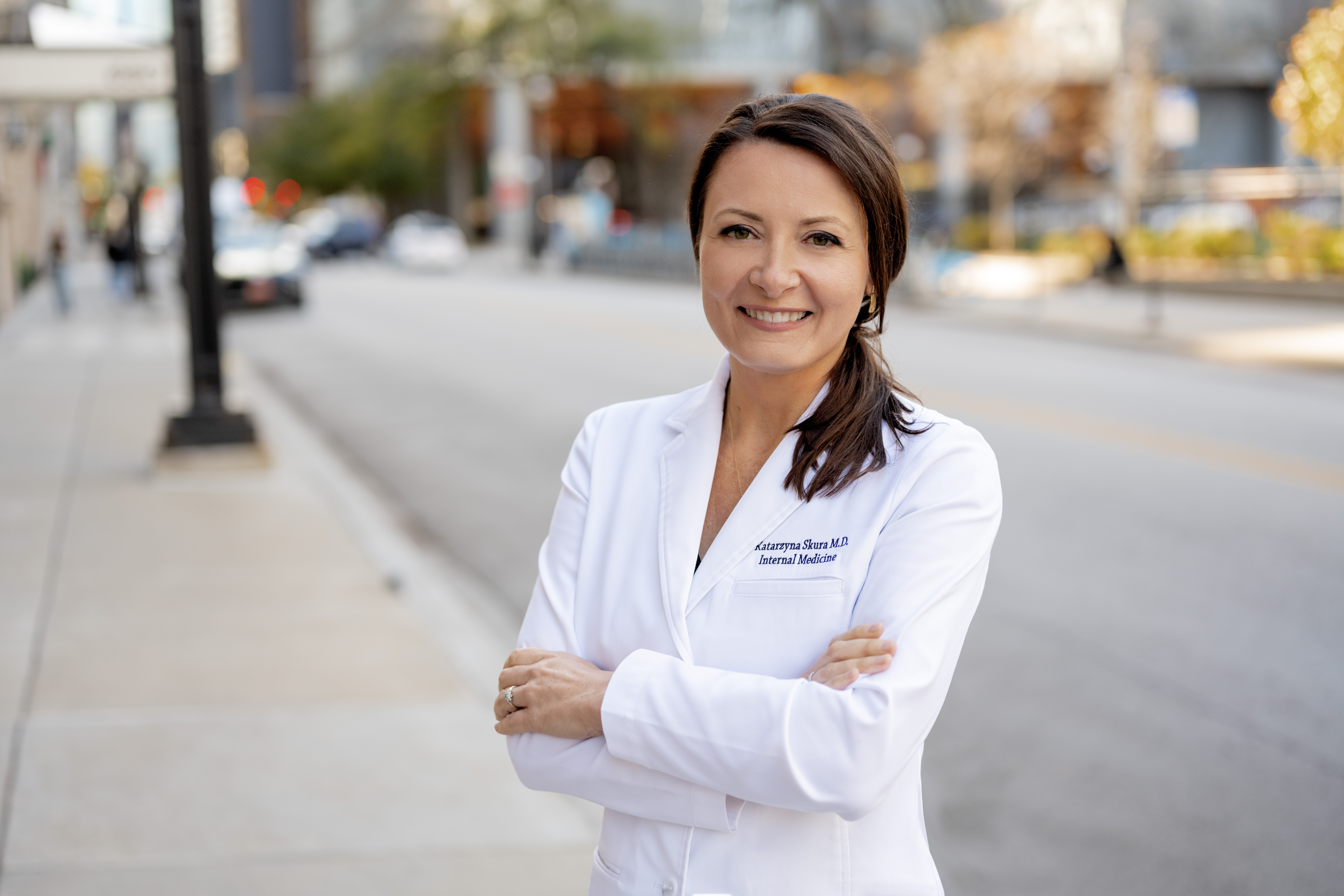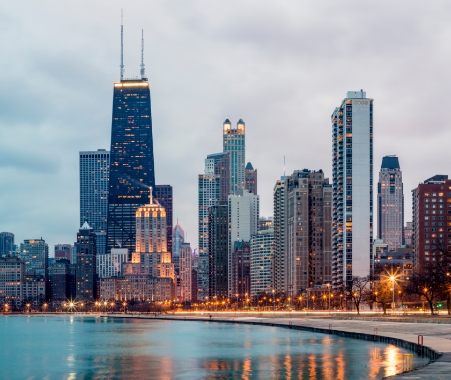Quick Links
PRP for Acne Scars
Even after acne has healed, many patients are left with acne scars. These can be unpleasant reminders of the acne a patient once suffered and cause uneven texture or pigmentation in the skin. While several treatment options are available to help reduce acne scars, Dr. Skura often recommends PRP (platelet-rich plasma) for patients at Art Aesthetica. PRP has several benefits, including reduced risk of allergic or other adverse reactions and effective results in encouraging new, healthy skin cell growth.
What is PRP for Acne Scars?
PRP, or platelet-rich plasma, is a substance derived from the patient’s own blood. This substance encourages new cell growth, making it beneficial for a variety of medical and cosmetic uses. For patients with acne scars, PRP can help create a more even skin tone and texture as well as promote the development of collagen and elastin for healthy, youthful, and hydrated-looking skin. After injecting PRP into the treatment area, patients with acne scars often notice new skin cell generation that rejuvenates the appearance and reduces visible scarring.
What to Expect During Treatment
Prior to administering PRP for acne scars, Dr. Skura will conduct a brief yet thorough consultation. This involves reviewing your aesthetic concerns, health history, and goals for treatment to determine whether you are a suitable candidate. In many cases, patients with active acne may be advised to address current breakouts before administering PRP for acne scars.
Once you are cleared for PRP rejuvenation, the first step is to draw blood, typically from the arm. The collected blood is then prepared in a centrifuge. This is a machine that rapidly spins the blood to separate it into three layers: platelet-poor plasma, red blood cells, and platelet-rich plasma. The platelet-rich plasma is then drawn into a syringe.
As needed, the treatment area may be numbed using a topical treatment. The PRP can then be injected into the treatment area. Injections typically take no more than about 15 minutes after PRP has been prepared.
In some cases, Dr. Skura may recommend PRP with deep microneedling rather than injections for acne scars. These options can be discussed during your consultation.
Aftercare Instructions
After PRP for acne scar treatment, no downtime is required. Patients can drive themselves home and immediately return to normal routines as they choose. Some common side effects can include redness, tenderness or sensitivity, slight swelling, and bruising at the injection or blood draw sites. Some patients also report a tingling sensation where PRP is administered. These side effects should quickly resolve. Dr. Skura may advise you not to apply products to the treatment area including makeup to prevent infection. She may also advise you to avoid exercise or strenuous activity, direct sun exposure, alcohol, or anti-inflammatory and blood-thinning medications including aspirin.
Schedule a Consultation
To learn more about PRP for acne scars and other treatment options, schedule a consultation with Dr. Skura. She will review your aesthetic concerns and treatment goals to recommend your best options. To schedule your consultation, contact Art Aesthetica in Chicago.
Contact Us
Art Aesthetica Consultation Form
Katarzyna Skura, MD believes in education, prevention, and a balanced body and mind. Her role is to guide patients toward their greatest health and wellness. She takes the time to design individual treatment plans for each patient, concentrating on prevention and each patient’s unique needs.








